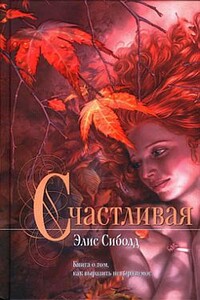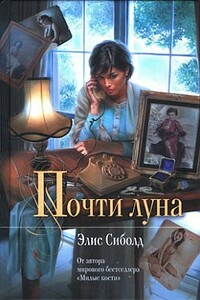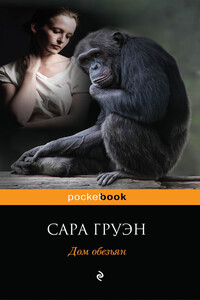One day, Buckley came home from the second grade with a story he’d written: “Once upon a time there was a kid named Billy. He liked to explore. He saw a hole and went inside but he never came out. The End.”
My father was too distracted to see anything in this. Mimicking my mother, he taped it to the fridge in the same place Buckley’s long-forgotten drawing of the Inbetween had been. But my brother knew something was wrong with his story. Knew it by how his teacher had reacted, doing a double take like they did in his comic books. He took the story down and brought it to my old room while Grandma Lynn was downstairs. He folded it into a tiny square and put it inside the now-empty insides of my four-poster bed.
On a hot day in the fall of 1976, Len Fenerman visited the large safety box in the evidence room. The bones of the neighborhood animals he had found in Mr. Harvey’s crawlspace were there, along with the lab confirmation of evidence of quicklime. He had supervised the investigation, but no matter how much they dug, or how deep, no other bones or bodies had been found on his property. The blood stain on the floor of his garage was my only calling card. Len had spent weeks, then months, poring over a xerox of the sketch Lindsey had stolen. He had led a team back into the field, and they had dug and then dug again. Finally they found an old Coke bottle at the opposite end of the field. There it was, a solid link: fingerprints matching Mr. Harvey’s prints, which were all over his house, and fingerprints matching those on my birth certificate. There was no question in his mind: Jack Salmon had been right from the beginning.
But no matter how hard he looked for the man himself, it was as if George Harvey had evaporated into thin air when he hit the property line. He could find no records with that name attached. Officially, he did not exist.
What he had left behind were his dollhouses. So Len called the man who sold them for him, and who took commissions from select stores, and the wealthy people who ordered replicas of their own homes. Nothing. He had called the makers of the miniature chairs, the tiny doors and windows with beveled glass and brass hardware, and the manufacturer of the cloth shrubs and trees. Nothing.
He sat down among the evidence at a barren communal desk in the basement of the station. He looked through the stack of extra fliers that my father had made up. He had memorized my face, but still he looked at them. He had come to believe that the best hope in my case might be the recent rise in development in the area. With all the land churning and changing, perhaps other clues would be found that would provide the answer he needed.
In the bottom of the box was the bag with my jingle-bell hat. When he’d handed it to my mother, she had collapsed on the rug. He still couldn’t pinpoint the moment he’d fallen in love with her. I knew it was the day he’d sat in our family room while my mother drew stick figures on butcher paper and Buckley and Nate slept toe to toe on the couch. I felt sorry for him. He had tried to solve my murder and he had failed. He had tried to love my mother and he had failed.
Len looked at the drawing of the cornfield that Lindsey had stolen and forced himself to acknowledge this: in his cautiousness, he had allowed a murderer to get away. He could not shake his guilt. He knew, if no one else did, that by being with my mother in the mall that day he was the one to blame for George Harvey’s freedom.
He took his wallet out of his back pocket and laid down the photos of all the unsolved cases he had ever worked on. Among them was his wife’s. He turned them all face-down. “Gone,” he wrote on each one of them. He would no longer wait for a date to mark an understanding of who or why or how. He would never understand all the reasons why his wife had killed herself. He would never understand how so many children went missing. He placed these photos in the box with my evidence and turned the lights off in the cold room.





